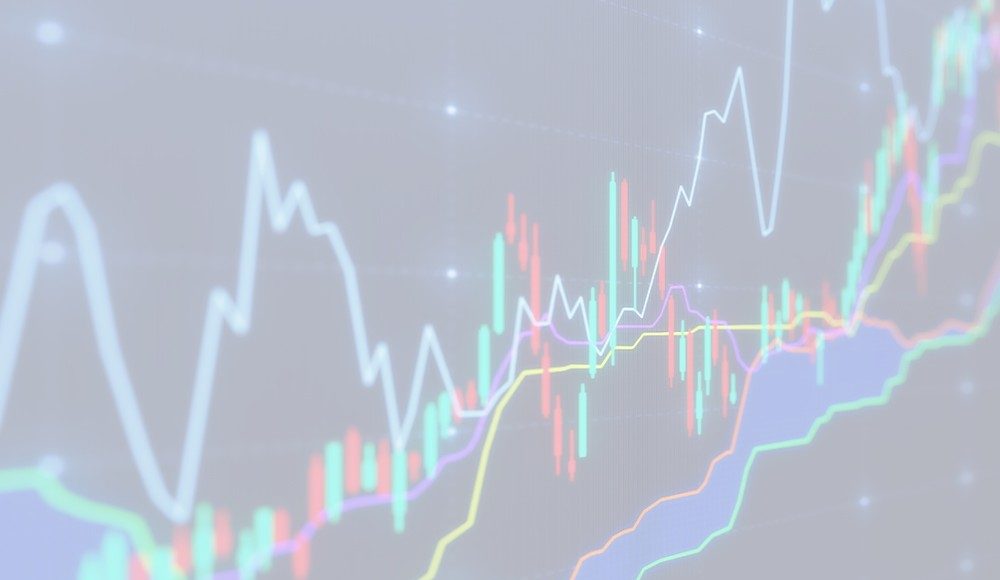September 6, 2025
Every successful investor knows a painful truth: knowing when to sell is often more critical than knowing what to buy.
While financial media overwhelmingly focuses on buying opportunities, our research consistently identifies companies facing significant headwinds that merit serious consideration for selling. These aren’t just stocks underperforming the market; they’re businesses confronting structural challenges, deteriorating fundamentals, or carrying valuations disconnected from financial reality.
What you won’t find here: reactionary calls based on short-term price movements or headline volatility. Each company on this list has been thoroughly analyzed across multiple metrics that historically precede substantial declines.
Smart investors understand that portfolio management requires both addition and subtraction. Sometimes the best investment decision is to redeploy capital away from troubling positions before problems fully materialize in the share price.
This week’s watchlist highlights stocks showing critical weaknesses that demand immediate attention:
Snap (SNAP)
Snap confronts a deteriorating growth trajectory that threatens the fundamental metrics driving social media valuations, with daily active user growth decelerating from double-digit percentages to just 7.4% projected for the third quarter. This represents a concerning trend from the 9% year-over-year increase in the second quarter, indicating the platform is losing momentum in user acquisition and engagement despite management’s efforts to implement AI-powered features and content discovery algorithms. The slowing user growth directly undermines Snap’s ability to command premium advertising rates and threatens its competitive position against larger platforms with stronger network effects.
Compounding these growth concerns, Snap experienced a significant technical failure in its advertising auction system that resulted in dramatically underpriced ad inventory, forcing the company to honor below-market rates that reduced quarterly revenue. While management claims this issue has been resolved, the incident highlights the operational risks facing a platform heavily dependent on automated advertising systems for revenue generation. The combination of technical vulnerabilities and slowing user metrics creates a troubling picture for a company that must compete against better-resourced rivals like TikTok and Instagram.
At $7.31 with a market capitalization of $12 billion, Snap trades near its 52-week low despite maintaining a 51.14% gross margin that demonstrates strong underlying economics when the platform functions properly. However, the persistent negative earnings and declining growth rates suggest the company may be trapped in a cycle where increased investment in AI and new features cannot overcome fundamental competitive disadvantages. With extraordinary trading volume indicating institutional repositioning, Snap appears to represent a classic turnaround story with more uncertainties than clear solutions, making it unsuitable for investors seeking predictable social media exposure.
Argan (AGX)
Argan demonstrates how misleading earnings beats can mask fundamental revenue execution problems that threaten long-term business prospects. The energy and industrials contractor’s 11.07% decline following second-quarter results reflects investor recognition that the substantial earnings beat of $2.50 per share versus the $1.64 estimate was driven by one-time events rather than sustainable operational improvements. More concerning was the significant revenue miss, with actual sales of $237.74 million falling short of the $243.97 million expectation, suggesting execution challenges that could persist despite the company’s record $2 billion contract backlog.
The disconnect between contract backlog and revenue generation raises fundamental questions about Argan’s project management capabilities and the reliability of its revenue forecasting. While the record backlog level appears positive, the timing of contract execution has become increasingly unpredictable, creating uncertainty about when these commitments will translate into recognizable revenue. This execution gap is particularly problematic for a company whose business model depends on managing large, complex energy infrastructure projects where delays can cascade into significant cost overruns and margin compression.
At $211.51 with a market capitalization of $3 billion, Argan trades at substantial multiples that assume consistent execution of its contracted pipeline. The 18.66% gross margin provides some cushion against project challenges, but the recent revenue miss despite record backlog levels suggests systematic issues that could affect multiple upcoming projects. With trading volume elevated significantly above the 440,283 average, institutional investors appear to be reassessing the company’s ability to convert backlog into predictable revenue streams. For investors seeking industrial and energy exposure, Argan’s combination of execution uncertainties and premium valuation suggests waiting for clearer evidence of improved project management before considering investment.
Texas Roadhouse (TXRH)
Texas Roadhouse faces persistent margin pressure from rising beef costs that Evercore ISI analyst David Palmer expects to continue into future quarters, prompting his downgrade from buy to hold with a $190 price target. The restaurant operator’s exposure to commodity inflation creates a particularly challenging environment where menu price increases may not fully offset input cost pressures without risking customer traffic declines. Palmer’s decision to lower earnings estimates for both 2025 and 2026 reflects recognition that the recent double-digit beef price increases represent more than temporary volatility.
The fundamental challenge facing Texas Roadhouse is the limited pricing flexibility inherent in casual dining concepts, where significant menu price increases can drive customers to competitors or alternative dining options. While Palmer acknowledged the company’s ability to maintain same-restaurant sales growth and foot traffic, these positive metrics may not be sustainable if beef costs continue rising faster than the company’s ability to implement offsetting price adjustments. The restaurant industry’s competitive dynamics typically force operators to absorb a significant portion of commodity cost increases through margin compression.
At $168.98 with a market capitalization of $11 billion, Texas Roadhouse trades at premium valuations that assume continued operational excellence and margin stability. The modest 0.71% dividend yield provides minimal compensation for investors during periods of margin pressure, while the stock’s proximity to analyst price targets suggests limited near-term upside potential. With commodity cost pressures expected to persist and limited pricing flexibility in competitive casual dining markets, Texas Roadhouse appears vulnerable to sustained margin compression that could challenge current valuation multiples. For investors seeking restaurant exposure, the combination of commodity headwinds and premium valuation suggests considering concepts with more diversified protein sourcing or greater pricing flexibility.








